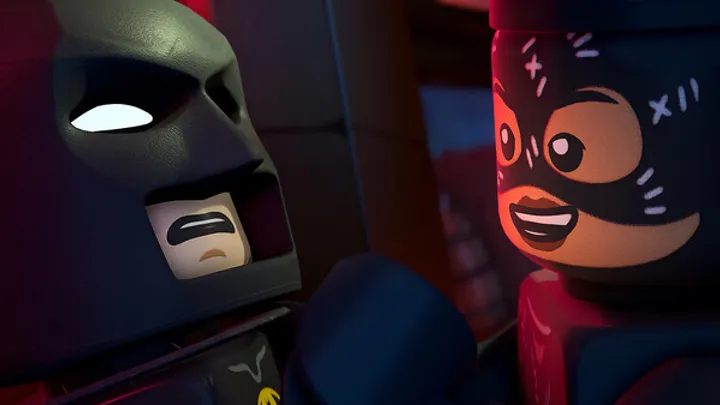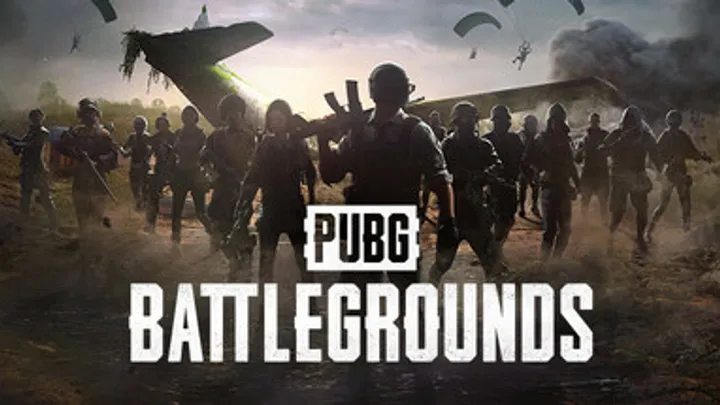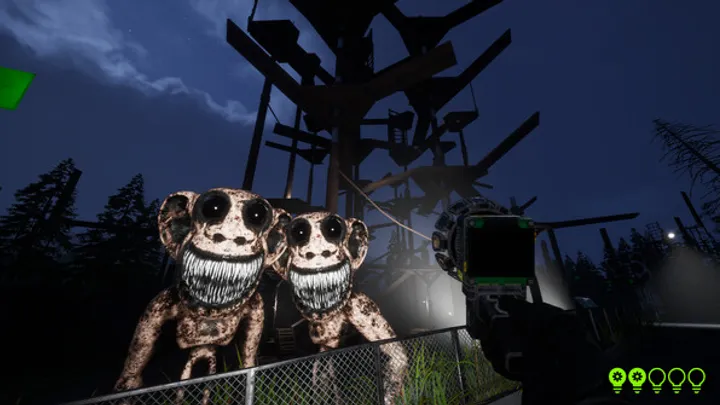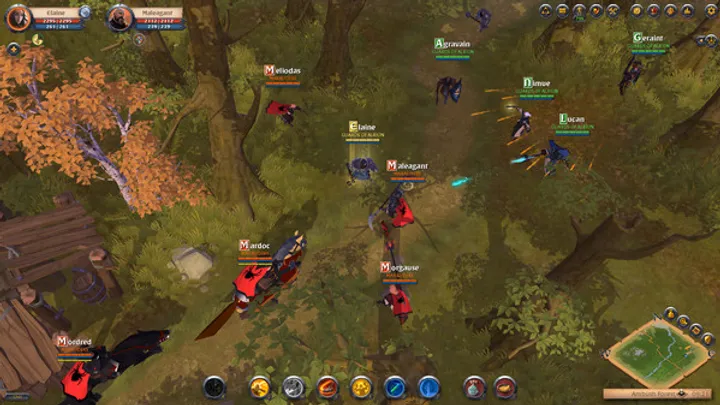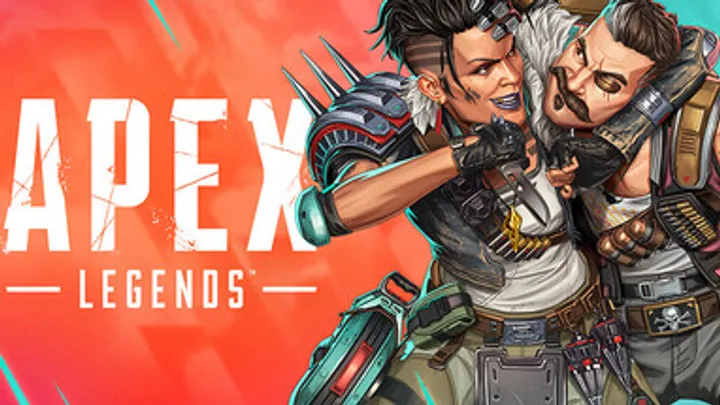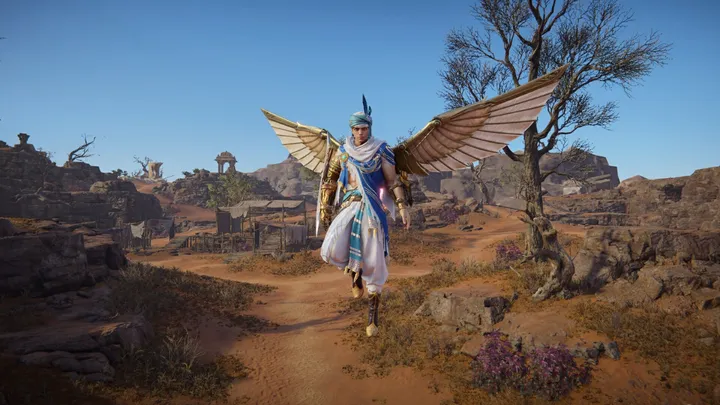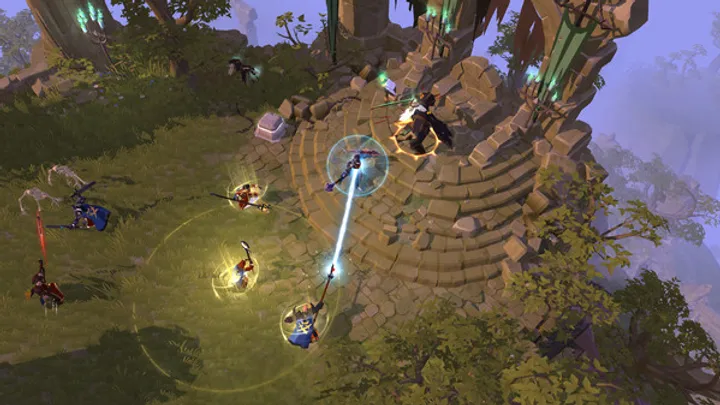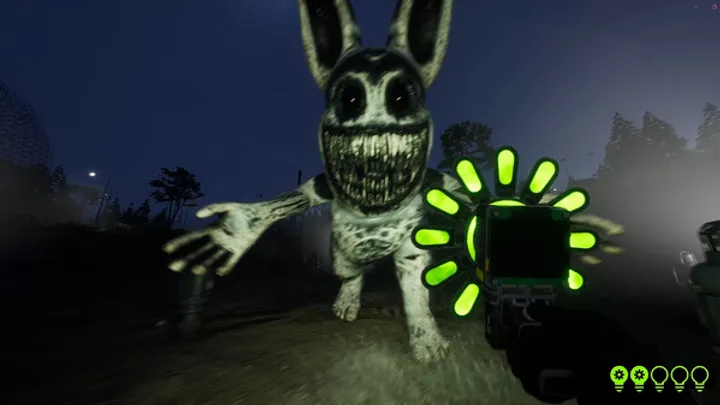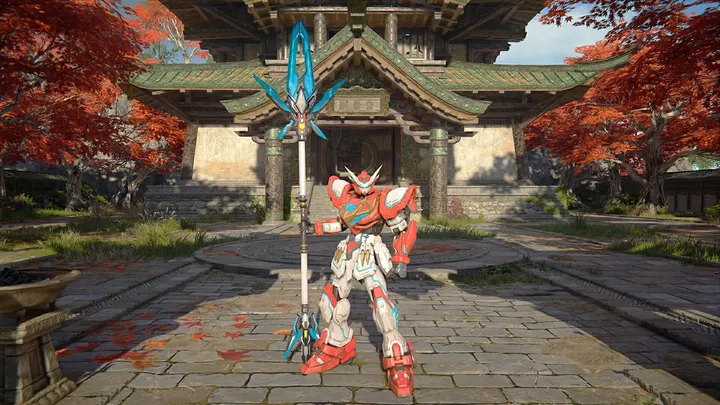Introduction
The Legend of Zelda is one of the most iconic video game franchises of all time. Since its debut in 1986, the series has evolved from a top-down adventure to fully immersive 3D worlds, combining action, puzzle-solving, exploration, and storytelling. With each title introducing new mechanics and challenges, it's easy to feel overwhelmed—especially for newcomers. This guide compiles essential tips and insights organized in a logical timeline from early gameplay to late-game strategies, helping players of all levels navigate the vast worlds of Hyrule and beyond.
Whether you're starting with Ocarina of Time, exploring in Breath of the Wild, or tackling dungeons in Tears of the Kingdom, these tips will boost your gameplay and enhance your understanding of what makes Zelda so magical.
Choosing the Right Zelda Game to Start With
The first tip is knowing which game to begin with. With dozens of titles across various consoles and timelines, choosing your first adventure can shape your perception of the entire series.
If you're looking for a traditional adventure with clear progression and linear design, games like Ocarina of Time, A Link to the Past, or Twilight Princess are great. For players who enjoy open-world exploration, Breath of the Wild or Tears of the Kingdom provide the most freedom.
Consider your platform as well. The Nintendo Switch supports Breath of the Wild, Link’s Awakening, and many other older titles via Nintendo’s online services. If you're playing on 3DS, you can access remakes of Majora's Mask and Ocarina of Time, both beginner-friendly yet deep.
Learning the Core Gameplay Mechanics
Before diving into the narrative and puzzles, it's essential to understand how Zelda games work. While the formula differs slightly from game to game, most titles follow a structure involving exploration, combat, dungeon solving, and boss fights.
Mastering basic controls like swordplay, shield defense, item usage, and puzzle-solving mechanics is crucial. Start by exploring the safe areas in the overworld. Get comfortable with rolling, running, jumping (in newer games), and accessing your inventory quickly.
Understanding enemy patterns early on helps avoid unnecessary damage. Many foes have predictable behaviors, and learning when to block or dodge is as important as attacking. Additionally, taking the time to interact with NPCs, check signs, and read lore enhances immersion and may lead to helpful hints.
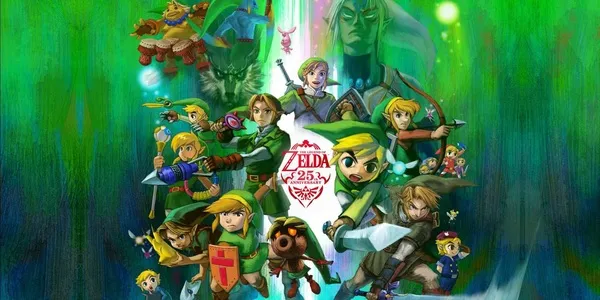
Managing Resources and Items Effectively
Inventory management is key in any Zelda game. From rupees to arrows, bombs, and healing items, knowing when and how to use your resources can mean the difference between surviving a boss fight or starting over from your last save.
Always carry healing items like potions or fairies in bottles. In Breath of the Wild, cooking meals and elixirs is essential for health and stat boosts. Don't hoard rare materials—use them when needed. It’s better to survive than to save an item for a “better time” that never comes.
Make it a habit to restock before dungeons or major fights. Visit shops, break pots, and slash grass to find rupees and other items. Also, remember that some items are situational—like the Hookshot or Bomb Arrows—so always think about how your tools might solve the puzzle in front of you.
Mastering Dungeon Navigation and Puzzle Solving
Dungeons are the heart of the Zelda experience. Each is uniquely designed with themes, puzzles, enemies, and a powerful item that usually helps defeat the final boss. Navigating them requires observation, logic, and a bit of experimentation.
Always check your map and compass if available. Mark areas you’ve visited and rooms that still contain chests or locked doors. Many puzzles require a specific item found in that dungeon—use it creatively and observe how it interacts with the environment.
Be patient with multi-room puzzles. Sometimes the solution lies in what you did three rooms back. If you're stuck, return to previous rooms and look at them from a new perspective. Don’t forget to listen for sound cues or visual signals—the Zelda series is filled with subtle hints.
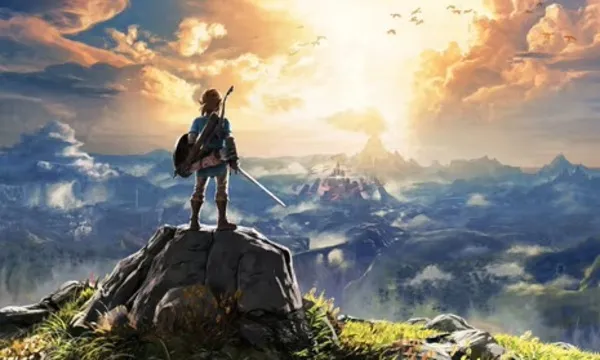
Finding and Using Collectibles Wisely
Zelda games are rich with collectibles—Heart Pieces, Korok Seeds, Golden Skulltulas, and more. Collecting these not only extends the playtime but also strengthens your character and unlocks powerful rewards.
Heart Pieces and Containers are often found after solving mini-puzzles or completing side quests. Prioritize these to increase your health pool. In Breath of the Wild, finding Korok Seeds allows you to expand your inventory slots for weapons, shields, and bows.
Don’t obsess over 100% completion on your first playthrough. Focus on the collectibles that offer the most benefit to your play style. If you enjoy combat, increase your inventory and health. If you prefer stealth and strategy, upgrade stamina or magic.
Winning Boss Battles and Mini-Bosses
Every dungeon concludes with a boss, and many include one or two mini-bosses. While they may seem intimidating at first, nearly every boss in Zelda has a clear pattern and a specific weakness—usually related to the dungeon’s new item.
Before entering a boss room, make sure you’re fully healed and have all essential items. Observe the boss's behavior and look for moments of vulnerability. Once you identify the weak point, the rest of the battle becomes about timing and execution.
For example, using the bow to stun a one-eyed boss or dropping bombs into an enemy’s mouth are classic tactics. In later games like Breath of the Wild, using the environment or elemental weapons may be the key. Stay calm and patient, and don’t be afraid to retreat and regroup.
Navigating the Overworld and Fast Travel Systems
The overworld is where most exploration occurs, connecting dungeons, towns, and secrets across a massive landscape. Knowing how to navigate this efficiently can save you time and help you uncover important upgrades and lore.
Most modern Zelda games include a fast-travel feature, like warp songs, teleportation portals, or Sheikah Towers. Unlock these as soon as possible—they cut down backtracking significantly. Always activate warp points in new regions before diving deep into exploration.
Use your map actively. Place markers on suspicious terrain, treasure spots, or hard enemies you want to return to later. The more familiar you become with the world’s layout, the more naturally you'll identify shortcuts and hidden areas.
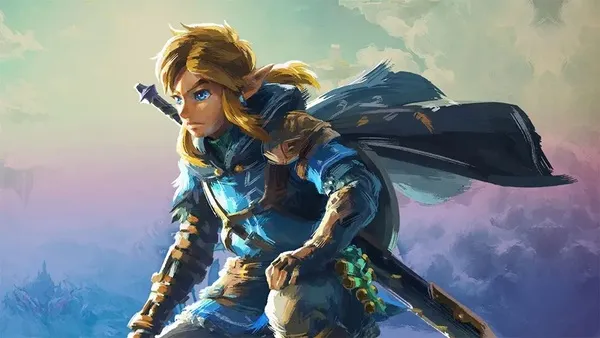
Side Quests and Optional Content
Side quests enrich the world of Zelda and often offer great rewards, such as powerful items, extra hearts, and lore. Although not required to finish the game, they add variety and deepen your connection to the characters and setting.
Pay attention to NPC dialogue. Many side quests begin subtly—a person mentioning a problem or needing help. Often these are chains of tasks that unfold over time, so revisit towns regularly to check for updates or new quests.
Optional content also includes mini-games, secret boss fights, and unique challenges like time trials or riddles. Some of the most fun and rewarding moments in Zelda are found off the beaten path, so take the time to explore and experiment.
Understanding the Story and Timeline Connections
Though not necessary to enjoy the gameplay, Zelda’s lore is rich and often interconnected through recurring characters, items, and themes. Knowing a bit about the overarching story can deepen your appreciation for the games.
The official Zelda timeline splits into three paths after Ocarina of Time, but most games function well as standalone stories. However, recurring elements like the Triforce, Master Sword, and Ganon help link the titles thematically.
Understanding the role of Link, Zelda, and Ganon as avatars of Courage, Wisdom, and Power respectively adds narrative depth. If you're a fan of storytelling, consider reading the Hyrule Historia or fan-made timeline guides to see how the games connect.
Post-Game Challenges and Replayability
Even after defeating the final boss, many Zelda games offer content that extends the gameplay. From hunting down the last collectibles to tackling optional dungeons and challenges, the post-game experience can be just as rewarding as the main story.
Breath of the Wild, for instance, offers a Master Mode for higher difficulty, along with downloadable content (DLC) featuring new dungeons and gear. In older games, you might unlock a “Second Quest” with tougher enemies and new dungeon layouts.
Replayability is high in the Zelda series. Try different approaches in puzzle-solving, use items creatively, or challenge yourself with speedruns. No two playthroughs have to be the same, and revisiting older games after finishing newer ones often provides fresh insights.
Conclusion
The Legend of Zelda is more than a game—it's a journey filled with discovery, courage, and wisdom. With so many titles, mechanics, and features, there’s always something new to learn and master. From choosing your first game to exploring every secret corner of Hyrule, this guide has given you the foundational tips to thrive in any Zelda title.
Whether you’re aiming for 100% completion or simply want to enjoy the magic of the story and world, remember: the most important part of any Zelda adventure is your experience. Explore freely, solve creatively, and let the music guide you to greatness.








